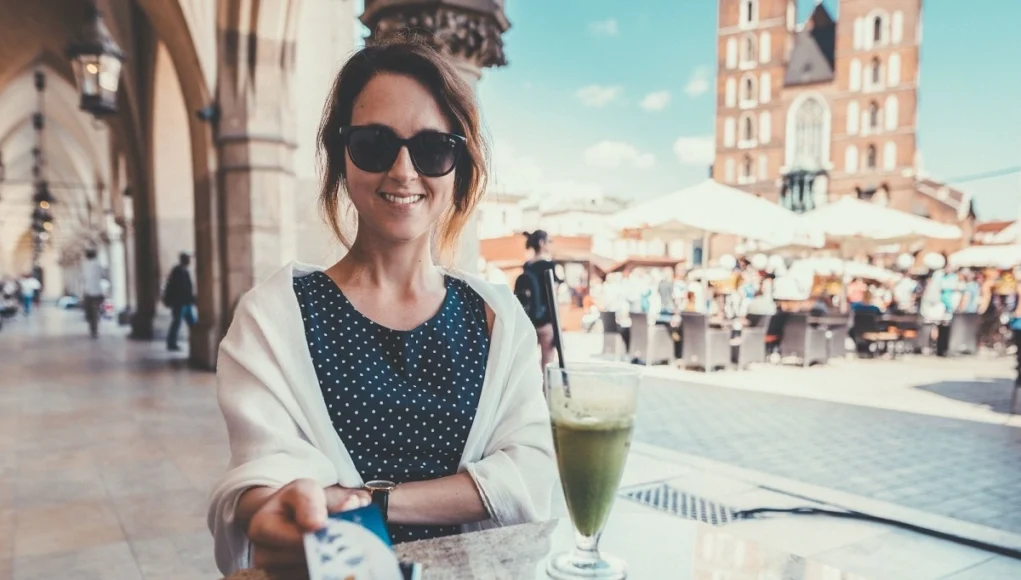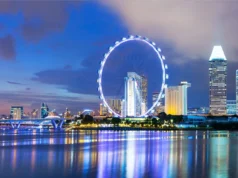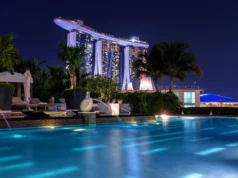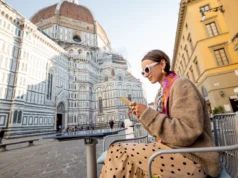Specialty Coffee in Singapore
The eruption of cafes Singapore has changed the way humans drink coffee. Not just a morning snack anymore, coffee is an art, a social icebreaker, and even a way of life. From slow drips trickling over ice to bold shots of carefully pulled espresso, the coffee houses of the city have become stomping grounds to baristas and coffee drinkers seeking more than a convenient cup.
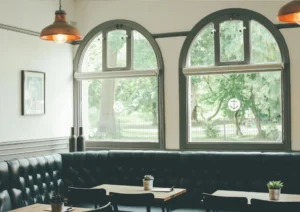
Third Wave Coffee and the Impact of the Coffee Estate
The third wave of coffee culture dominates the specialty coffee culture in Singapore, whereby coffee is considered like wine: origin, processes and brewing. Cafes focus on single-origin beans and describe them with tasting notes as elaborate as the menu of a fine restaurant. There are things like a citrus hint of caramel or a hint of caramel to berry brightness combined with cocoa. It is not about a quick coffee fix but more about sipping a story in each cup.
Brewing Techniques That Are More Than Espresso
The variety of ways to brew coffee is one of the pleasures of going to specialty cafes. Pour-overs, siphon, Chemex, and Aeropress—they do not seem to end. Different tastes are extracted by each technique with the same bean. Customers can look on in amazement as the baristas slowly pour the hot water around in circles, and others can wait until a siphon gives the dramatic vacuum effect. It makes the brewing theatricalized. [14]
Cafes Which Expose Minimalist Areas
The minimalist cafes simplify the design in order to make the coffee the centre of focus. The walls are white, the tables are wooden, and the light is natural, which makes the backdrops calm. Hot beverages come in a simple ceramic dish, leaving scent and taste to do the job. These areas tend to appeal to the people who want to have quiet talks or to spend afternoons alone reading. The clarity is reflected in the simplicity.
Industrial Coffee Shops With Coffee in the Core
Raw pipes, uncovered concrete counters, and dangling bulbs, in their turn, dominate industrial-style cafes. It is raw, but the coffee is never rough. Here, the baristas usually experiment with blends, and some of them can offer tasting flights of espresso or cold brew. It appears to be a gritty scene; nevertheless, the attention to quality is keen.
Roasteries that Act as Cafes
There are specialty cafes that roast their own beans on-site. You are smacked by the smell of it before you have even entered completely—nutty, smoky, addictive. Customers sit and drink coffee as roasters turn green beans to golden brown perfection before their eyes. Freshness is the guarantee, and regulars tend to purchase bags so as to achieve the taste at home.
Late Art as Table Talk
With lots of visitors, latte art is where they get the first whiff of the specialty culture. On the foam we see swans, hearts, tulips and even complicated animals as decoration. It is not all about appearance, though, but about how accurately the barista handles milk texturing and pulling the espresso. Edging a cup of art seems like an unexpected present, to be inspected prior to being consumed.
Espresso Bars Whose Menu is Experimental
Specialty coffee does not end with black drinks. Other cafes go to extremes with coffee-based cocktails, sparkling cold brew or beverages flavored with spices/fruits. You may taste espresso with tonic water or cold brew with citrus. These experiments break the occupation part of the coffee that people anticipate, and they open up a debate at every table.
Community-Focused Cafes
A variety of specialty cafes are actual meeting places of creative people, freelancers and coffee lovers. They do cupping, where groups of people taste and compare the various beans. Workshops train the practice of brewing, and events allow you to discuss the concepts of sustainability in a coffee-related industry. Coffee is more than a beverage here—it is the reason why people meet.
Sustainability Cafes
There are places where it is clear it is direct trade with farmers and traceability from farm to cup. Menus usually contain details of regions, altitude and harvest periods. To earth-friendly coffee drinkers, the idea that their latte is helping farmers convey beneficence to every cup. These cafes demonstrate how the culture of coffee is connected with the responsibility.
Brunch With Specialty Coffee
Brunch menus work well with specialty coffee. The foods complement the drinks, with eggs on sourdough and pancakes with seasonal fruits, among others. Quick pour-overs with their vibrant flavors are usually accompanied by lighter dishes, whereas heavier espressos balance out heavier dishes. On weekends, the groups congregate over brunch and conduct their sometimes caffeinated conversations long after noon.
Cafe Retros with Caffeinated Specialty
There is a mixed modern age brewing with the congruent interiors in some specialty coffee houses. Askari vintage posters, old fashioned tiles and mismatched chairs are flanked off with high-end equipment. The opposition of nostalgia and precision is what makes the setting durable. Customers feel like they are going back in time as they take high-level coffee.
Cafes with Quiver Coffee Training
Some cafes do more than sell beverages by educating the populace on brewing. The workshops discuss grind size, temperature of water, and instrumentation handling. Guests tend to go home shocked at the amount of effort that goes into such a cup. Such sessions convert ordinary drinkers into amateur enthusiasts who begin to experiment in their homes.
Cafes With a Personality
Not all specialty cafes are in high-traffic areas. Others are concealed in housing arrangements that attract the neighborhood clientele who value comfort and competence. These cafes flourish with repeat clientele that want regular schedules and some definite results in good coffee. It is informal but serious over coffee
Some Final Reflections About the Specialty Cafes in Singapore
A cultured coffee culture has developed in Singapore. Specialty cafes are places of skill, creativity and dedication, yet still they are friendly places to have conversations. Chic bars and noisy nooks—every cafe has its way of serving coffee. To the fans, it is an indication that coffee in the country is more than a source of energy but a culture in itself poured in a cup.

